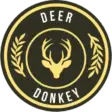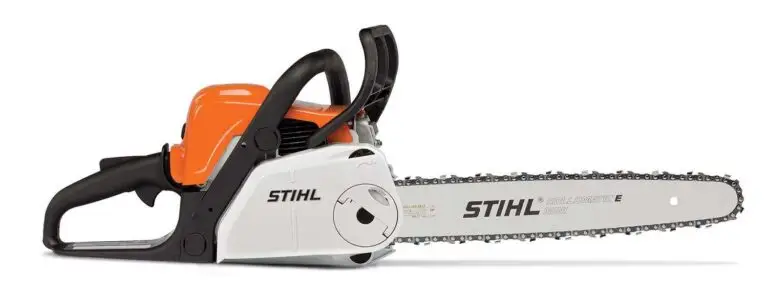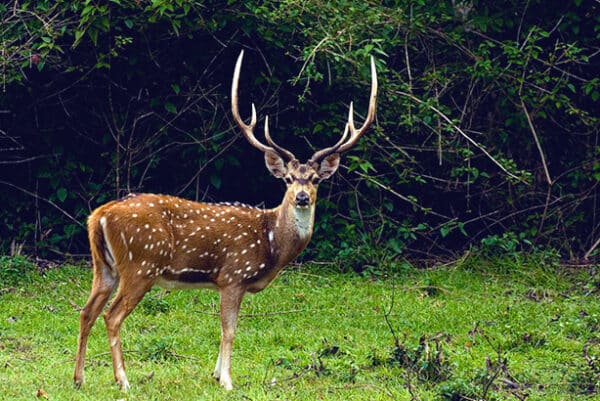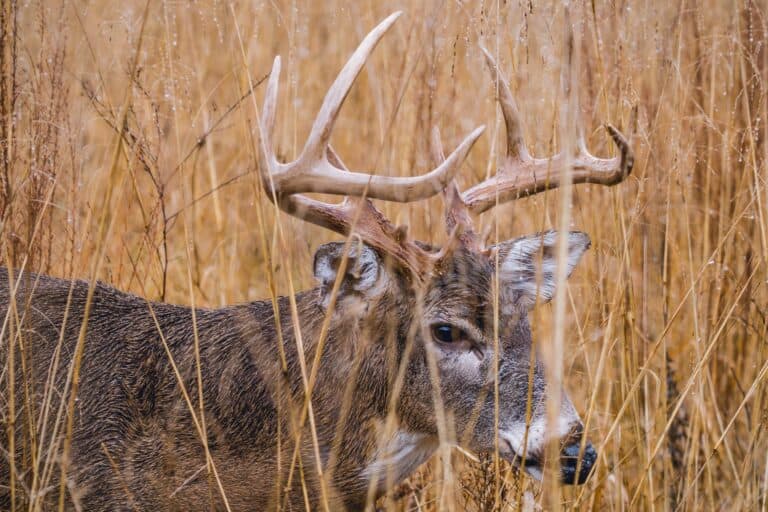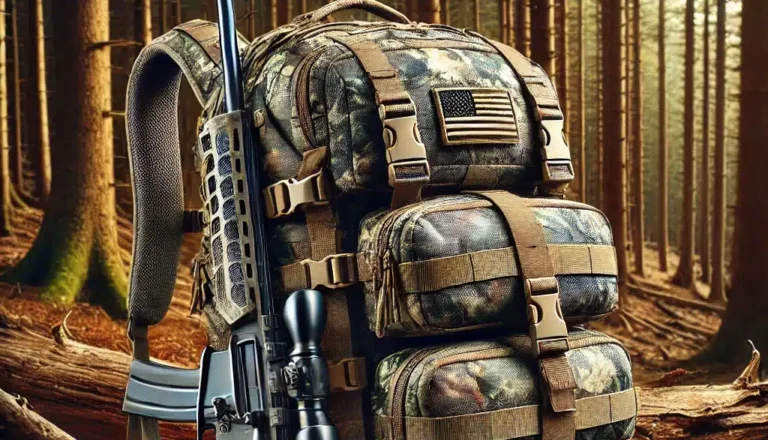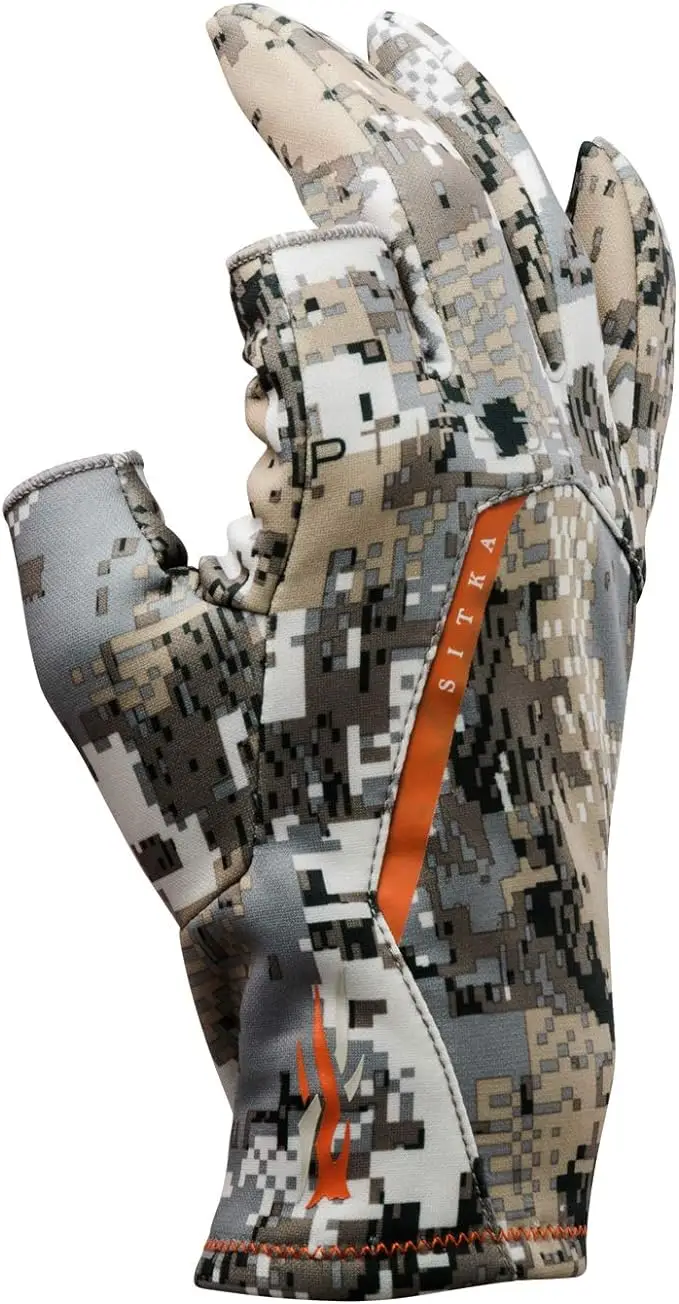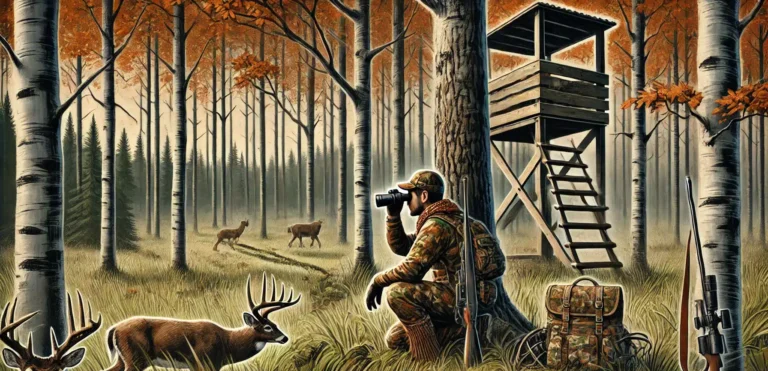The Cervidae deer family members, such as mule deer, white-tailed deer, red deer, and musk deer (not really), are essential to their ecosystems due to their role in mating season. This article will delve into the complex behaviors exhibited by these magnificent creatures during mating season.

We’ll explore how factors like how car collisions impact local populations and discuss the importance of antlers in mate competition among male deers. We’ll also touch on unique characteristics that differentiate various species within this diverse family.
The breeding patterns across geographical regions and the effects of nutrition shortage on adult males are other focal points of our discussion. In particular, it examines how diet influences health and survival prospects for years and older males.
Finally, we will consider the interaction between humans and male deer within urban ecosystems worldwide while highlighting their contribution towards environmental sustainability efforts and understanding social behavior is critical to managing human-deer interactions effectively.
Understanding Male Deer Behavior During Mating Season
Bucks get active and aggressive during mating season, known as the ‘rut.’ They’re like deer on a mission, crossing roads and highways, causing more deer/car collisions. It’s all because they’re looking for love and trying to establish their territories.
Impact of Car Collisions on Local Deer Populations
While these accidents can be fatal for individual deer, they dally put a dent in dense local populations. Natcontrolsling numbers and studies show that deer populations remain stable over time, despite the occasional road mishap or hunting activity.
Bucks’ contribution goes beyond population control; their antlers serve critical ecological functions. After shedding them post-mating season, these discarded antlers provide valuable nutrients to the soil, promoting plant growth and overall biodiversity. Plus, they’re like dental floss for rodents, helping them maintain dental health and supporting the survival of numerous wildlife species.
In conclusion, understanding the roles and contributions of bucks in sustaining healthy ecosystems is crucial, especially with increasing human encroachments on natural habitats. Therefore, let us take a moment to recognize the importance of bucks and appreciate their contribution to our natural environment. Let’s respect their space and appreciate the beauty of nature that surrounds us daily.
The antlers of male deer, or bucks, serve a significant purpose during the rutting season. It’s like a battle of the bulge but with antlers—the bigger and more impressive the antlers, the better chance a buck has at attracting mates. Talk about a head-turner.
Antlers: Nature’s Marvel
According to National Geographic, antlers grow yearly from pedicles on the deer’s skull. It’s like a magical makeover but for their heads. Some species can grow up to 200 inches of bonus in two to four months. That’s faster than a cheetah on roller skates.
Antlers: The Ultimate Love
Bucks use their antlers for sparring with rivals to impress the females during mating season. It’s like a deer version of “The Bachelor,” but with more headbutting. These antler displays show off their strength and virility, making them the deer equivalent of a pickup line.
Deer Diversity: The Odd One Out
Most deer species have antlers, except for one unique outlier: Chinese water deer. Instead of antlers, they have long canine teeth. They’re like the vampires of the deer world. These teeth come in handy during combat over potential mates. Who needs antlers when you have fangs? Check out Animal Diversity Web’s profile on Chinese Water Deer. It’s like a deep dive into the world of deer dentistry.
Remember that these impressive antlers are more than just a show of strength and competition – they also represent the mysteries of nature. It stands for might, rivalry, and the miracles of the natural world. Talk about a head-turner.
Breeding Patterns and Nutritional Sensitivity
Deer, especially the white-tailed buck, are herbivorous creatures with quirky breeding habits. In temperate areas, they get busy in late autumn or early winter. But for those living at lower latitudes, the action happens later, from spring into early summer. Talk about adapting to different time zones.
Exploring Breeding Patterns Across the Globe
The white-tailed deer’s ability to adjust its mating season based on location is crucial for maintaining healthy populations in diverse habitats. It’s like they have a built-in GPS for reproduction.
Effects of Nutrition Shortage on Male White-Tailed Deer
Not only do male deers adjust their mating seasons, but they also have a sensitive side when it comes to nutrition. They’re more affected by food shortages than their female counterparts. It’s like they’re saying, “I can’t function without my snacks.”
When bucks suffer from malnutrition, it can lead to smaller bodies and small antlers. And that’s not a good look during rutting season competitions for mates. It’s like showing up to a dance battle with two left feet.
Diet’s Impact on Deer Health and Survival
A deer’s diet is no joke regarding their health and survival; what they consume can distinguish between a long, healthy life or an early end.
Maternal Nutrition: Setting the Stage for Healthy Offspring
When a doe chows down on nutritious food during her final trimester, it sets her fawns up for success. Well-fed does give birth to more enormous, healthier fawns with a better shot at survival. It’s like giving them a head start in the game of life. These offspring are called yearling males and female yearlings during their first year.
Harvesting Strategies: Balancing the Scales
Hunters, listen up. If you only go after the big bucks, you’re messing with the balance of nature. Skewed sex ratios can throw a wrench in herd dynamics. So, let’s be responsible and think about the bigger picture.
Let’s take into account the changing of seasons too. When food is scarce, deer suffer. Harsh winters and droughts can leave them malnourished and vulnerable. Life can be difficult. A balanced diet is key
Deer: The Urban Ecosystem MVPs
Despite the challenges of human-deer interactions, like shady characters selling baby deer on Facebook yard sales, these majestic creatures are vital to urban ecosystems. They roam city parks and suburban neighborhoods, bringing biodiversity and fresh greenery to habitats worldwide.
Human-Deer Face-Off
Our relationship with deer is a mixed bag. We adore their beauty, but they can wreak havoc when they venture into our concrete jungles. They cause traffic accidents and property damage while foraging for food. Though we’ve altered their environment drastically, they still strive to exist.
Deer: Eco Warriors
Urban wildlife, including deer in city parks and suburban areas, is crucial in maintaining biodiversity. Their munching habits keep vegetation in check, paving the way for new plant growth and contributing to global environmental sustainability.
- Biodiversity: Deer move around, munch on different plants, and help create diverse urban flora. This fosters balanced ecosystems where various species coexist in harmony.
- New Plant Growth: Deer’s selective grazing allows sunlight to reach the forest floor, promoting new plant growth. This improves habitat quality over the years.
- Sustainability Efforts: Urban wildlife, like shows, shows nature’s resilience against human interference. They give us hope in the face of climate change concerns.
Understanding the Social Behavior of Deer
Deer are fascinating creatures with complex social behaviors. They travel in groups called herds and have solid social tendencies, just like other mammals. This behavior contributes positively to their populations over their average lifespan of 11-12 years.
The Herd Mentality of Deer
In the wild, deer stick together in herds. The large size of these herds can vary depending on food availability and predators. Older bucks may live solitary lives, only joining a herd during mating season.
Social Hierarchy within Deer Herds
Within each deer herd, there is a distinct hierarchy or pecking order. Dominant males assert authority through aggressive behaviors like antler rubbing or sparring matches with rival bucks. These displays establish dominance and attract potential mates.
Lifespan Expectancy Among Deer Population
A deer’s average life expectancy depends on the state of its habitat, predation intensity, and disease rate. Generally, deer live for 11-12 years. This allows them ample opportunity to contribute positively to their populations through reproduction and survival strategies.
Mating Patterns and Lifespan Expectancy
Male deer’s lifespan is correlated with their mating patterns. Older dominant males mate more frequently, increasing genetic diversity within populations and enhancing overall health and longevity. Check out this study on how age influences breeding success among male deer.
FAQ
What is a fact about male deer?
Male deer, also known as bucks, grow new antlers every year. This growth process influences age, nutrition, and genetics.
What are the characteristics of a male deer?
The primary distinguishing characteristic of male deer is their antlers. They also tend to be larger than females and exhibit aggressive behavior during mating season. For an in-depth look at these traits, visit our page on Male Deer Characteristics.
What do male deer do?
Male deer primarily focus on feeding to build strength for the rut (mating season), where they compete with other males for mates. To undercut their daily activities, check out our article: Understanding Deer Behavior.
What does the male deer mean?
In symbolism, a male deer or stag often represents strength, leadership, and survival instincts due to its behaviors in nature.
Conclusion
In conclusion, understanding the role of male deer in the ecosystem is crucial for humans because knowing their mating behavior and the impact of car collisions can help them hunt smarter and contribute to conservation efforts. Plus, studying antlers and breeding patterns can inform their hunting strategies.
Furthermore, considering the nutritional sensitivity and diet influence on deer health and survival allows for a more holistic approach to managing populations because a healthy deer is a happy deer. Lastly, recognizing male deer as essentially players in urban ecosystems highlights the challenges of human-deer interaction and their contribution to environmental sustainability worldwide.
